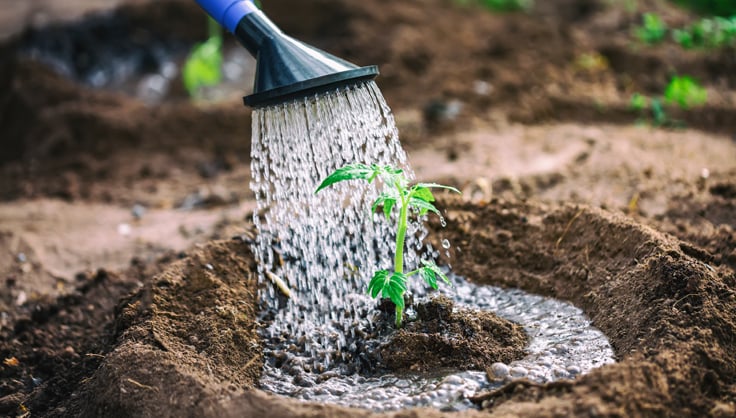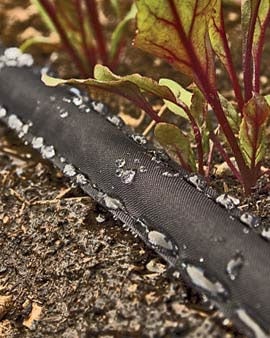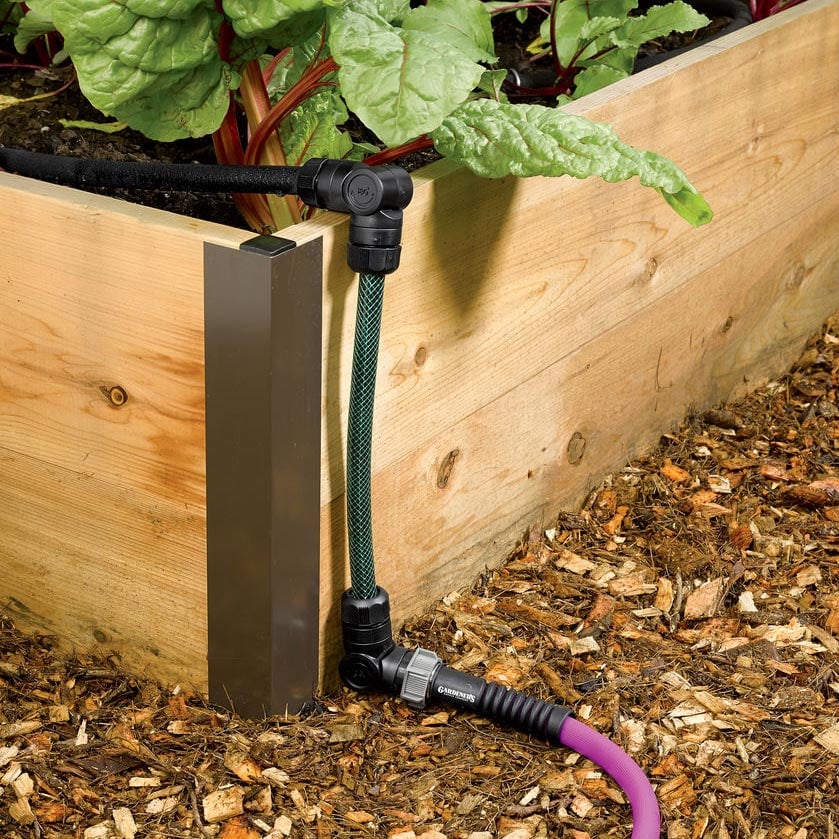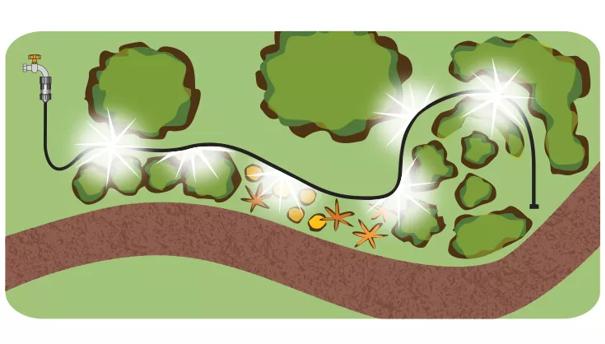Watering Techniques and Tools

 The right watering tools make watering chores easier.
The right watering tools make watering chores easier.In a perfect world, Mother Nature would provide an inch of rain each week to keep our vegetables and flowers perfectly happy. Because that's probably not going to happen, it's up to us to make sure our plants get the water they need to thrive.
A rain gauge will help you keep track of how much rain has fallen, but that's really only part of the story. Different types of soil have different abilities to hold water. A clay-based soil holds onto water because each little particle of clay has lots of surface area for the water to grab onto. Sandy soil, with its bigger particles, lets water pass through quickly. A good loamy soil retains some moisture, yet is also well-drained.
Adding compost to the soil improves its ability to supply your plants with just the right amount of water. Think of sandy soil like a wire basket full of golf balls: turn the hose on and the water runs right through. Adding compost is like adding sponges — water still runs through, but some is stored in the sponges. Compost also helps improve clay soils by aerating them and providing better drainage. Plants absorb oxygen through their roots and can drown if the soil stays soggy for weeks at a time. Raised beds and compost can help prevent this from happening.
The best way to monitor soil moisture is with your hands. When you stick a finger down into the soil, it should feel lightly damp – like a sponge that has been wrung out. Don't just feel the surface; get your fingers down to the root zone (3″deep or so) at least once a week.
In hot weather, plants may wilt during the heat of the day. This isn't always an indication that they're moisture-deprived. In many cases it's simply a way for the plant to reduce moisture loss through its leaves. Checking the soil tells the real story.
Planting intensively in a raised bed garden minimizes moisture loss. Plants shade the soil surface and help protect one another from the wind. Mulching around plants with 2″to 3″ layer of shredded leaves or straw is another effective way to retain moisture and add organic matter to the soil.
 Snip-n-Drip soaker hose system can be customized to fit a raised bed.
Snip-n-Drip soaker hose system can be customized to fit a raised bed.If you determine that your garden does need water, there are several options. A watering wand will deliver quite a bit of water quickly, and get it right where you want it. Too busy to water during the week? Going on vacation in August? Buy a water timer to automatically turn on a sprinkler or soaker hose. Soaker hoses and drip irrigation systems with emitters leak water slowly right at soil level, and are a very efficient way to water.
To keep your plants healthy and productive, don't let the soil dry out completely. If delicate root hairs die back, the plant must direct its energy to re-growing them, rather than to producing fruit. Water-stressed plants can also become bitter and tough.
Last updated: 05/22/2023
Print this Article:
Related Articles
Get the Dirt
Stay up to date on new articles and advice. Please fill out the information below.



